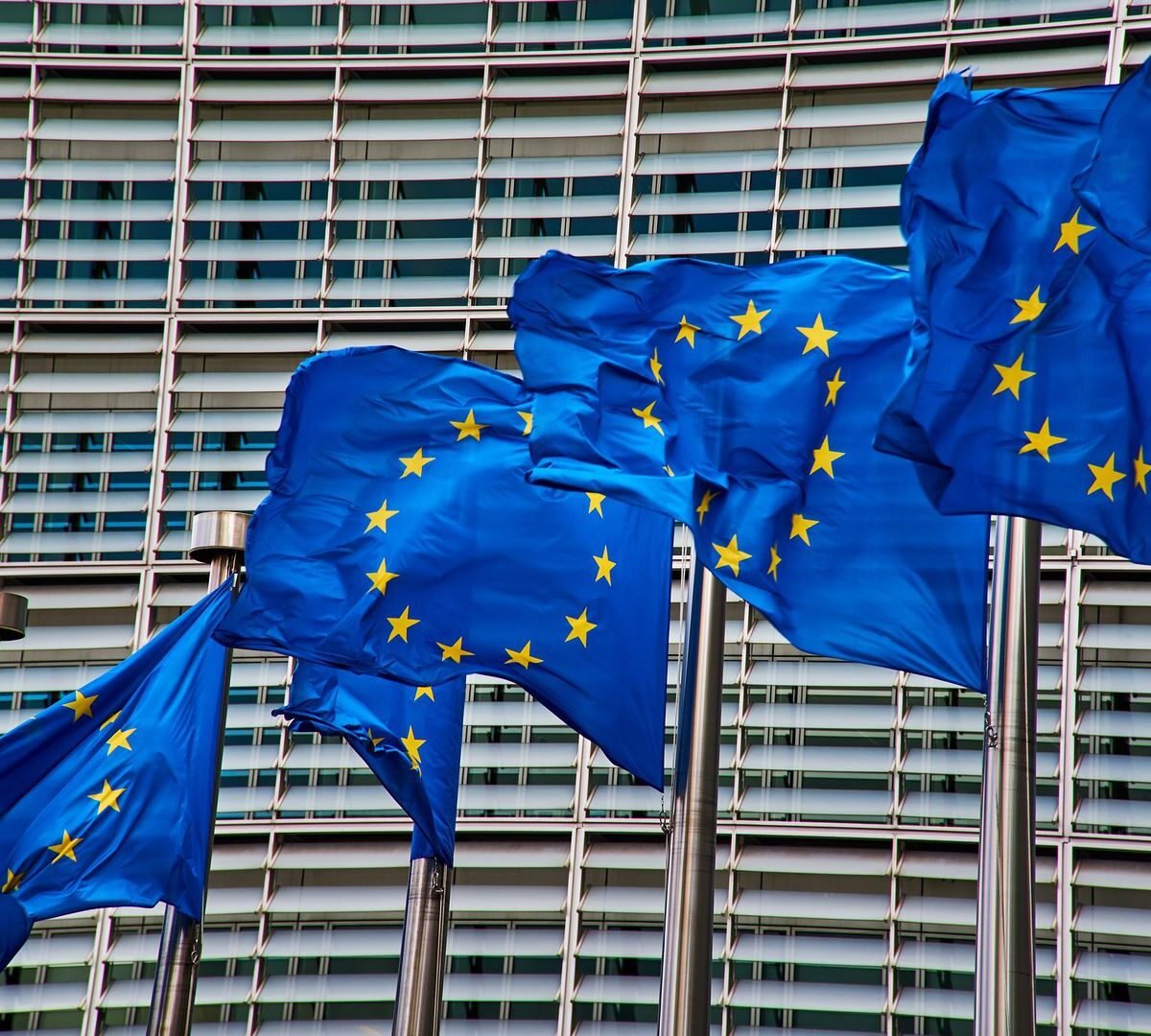Concerns Over Chat Control: Academics Warn of Risks and Unintended Consequences
In a recent open letter, a coalition of 18 prominent cybersecurity and privacy scholars voiced serious concerns regarding the EU’s proposed Chat Control legislation. This letter comes as the EU Council convenes to discuss the implications of a bill that may soon become law, potentially as early as December 8, 2025. The academics argue that the proposed measures could endanger privacy without offering significant benefits for child safety.
The Shift in Chat Control Legislation
Originally, the framework proposed mandatory scanning of private messages to detect Child Sexual Abuse Material (CSAM). However, following dissatisfaction among members and the inability to secure the necessary majority, Denmark recently withdrew the mandatory scanning clause, making it a voluntary measure instead. While initially perceived as a win by privacy advocates, alarms were quickly raised about the possibility of reintroducing mandatory scanning "through the backdoor."
A Collective Voice of Concern
The academics’ open letter, directed at the European Council shortly before a key meeting, articulates their apprehensions that broadening the scope of the legislation—from just URLs and images to now include text—will lead to unintended consequences. They observe that this expansion may enhance surveillance capabilities without guaranteeing enhanced protection for children.
Increased scrutiny of communications could result in a higher incidence of false positives, as the accuracy of current AI technologies remains an issue. They emphasize that relying on such systems to identify harmful content is fraught with risk and unlikely to yield the desired security improvements.
Age Verification: A Vulnerable Proposal
Compounding their concerns is the proposal for mandatory age verification on apps and messaging services. Experts argue this measure contradicts the legislation’s intent and could expose users, especially minors, to heightened privacy and security vulnerabilities. The technologies currently available for age verification—often involving biometrics—fail to protect user privacy adequately.
Furthermore, the anticipated age-verification processes pose a risk of disenfranchising significant portions of the population, particularly those without government-issued identification.
Moving Towards Voluntary Scanning
Although the shift from mandatory to voluntary scanning has opened pathways for bipartisan agreement among lawmakers, many cybersecurity experts remain skeptical. They argue that voluntary mechanisms are still marred by potential privacy violations and ineffective detection capabilities. The current landscape of on-device detection technologies does not support the claimed benefits while raising significant concerns over misuse and abuse.
Ongoing Debate and Uncertainty
The threat of introducing such expansive scanning and verification measures has caused disquiet among digital rights advocates and tech experts alike. The fear is that even under a regime of voluntary detection, the ramifications for personal privacy could be dire, deeply affecting how digital interactions are safeguarded, particularly in communications between children and adults.
The ongoing dialogue around this legislation encapsulates a broader conflict between the perceived need for increased safety measures in the digital realm and the equally pressing need for protecting user privacy rights in an increasingly surveilled world.
As lawmakers make critical decisions, the implications of any changes remain uncertain, leaving many advocates to wonder whether genuine safety for minors can be achieved without compromising the very privacy that countless users value.





